We have a bunch of boxes for the various sizes of plastic bags, ceran wrap, aluminum foil etc. They used to reside in a drawer but that drawer got taken over with safe toys for Elijah so he has something to pull out and mess around with. That moved all of our boxes to the top shelf in the pantry and it was difficult to find the one you wanted. We also ended up buying more when we already had some that were just too hard to find.
Tyla flipped around on Pinterest a bit and quickly found some ideas to solve this problem. I looked at the ideas and said “I could build that.” So then I kind of had to back it up. Luckily it’s a super simple project. Basically I just built what look like magazine boxes (open, sloped top) and screwed them to the wall.
While it’s a simple project, it’s incredibly convenient. I made six of them to hold the various types of bags and wraps. They work great! Some day I might paint them white but more likely they’ll probably just remain as-is.
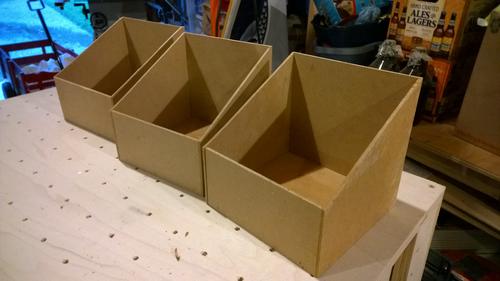
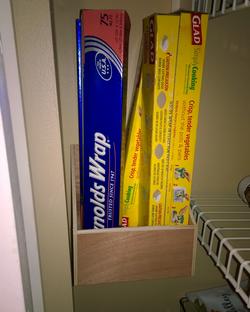

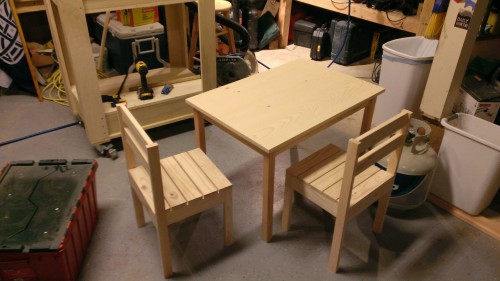
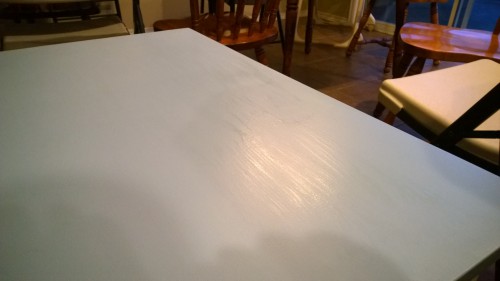
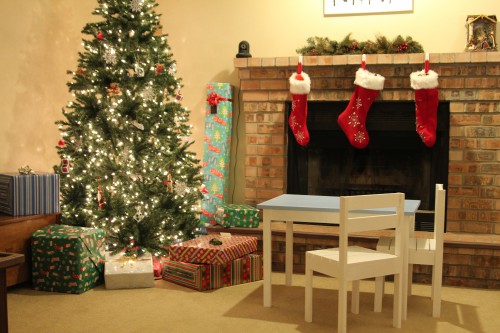
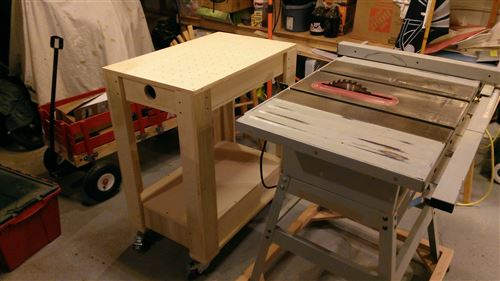
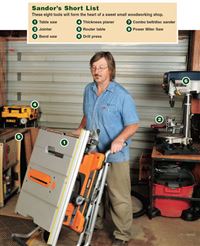 I don’t have room (or money) for full size woodworking equipment in my garage, so instead I buy the smaller versions. But there are lots of different things out there to spend your money on. Which tools do you really need?
I don’t have room (or money) for full size woodworking equipment in my garage, so instead I buy the smaller versions. But there are lots of different things out there to spend your money on. Which tools do you really need?  I mentioned
I mentioned 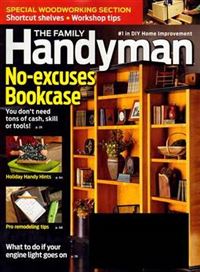 The monsoon season is upon us which means it’s time to retreat inside from the yardwork and RC planes. I’ve been busy making sawdust lately so I thought I’d devote a whole week to woodworking posts (except Wednesday which is the fantasy football update.)
The monsoon season is upon us which means it’s time to retreat inside from the yardwork and RC planes. I’ve been busy making sawdust lately so I thought I’d devote a whole week to woodworking posts (except Wednesday which is the fantasy football update.)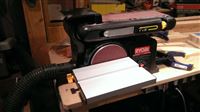 There’s a new tool in my workshop and it has already been extremely useful. It’s a bench-sized combination belt and disc sander. There are a LOT of companies that sell the exact same product (with their own color scheme and logo), but I got a
There’s a new tool in my workshop and it has already been extremely useful. It’s a bench-sized combination belt and disc sander. There are a LOT of companies that sell the exact same product (with their own color scheme and logo), but I got a 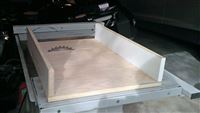 For this latest
For this latest